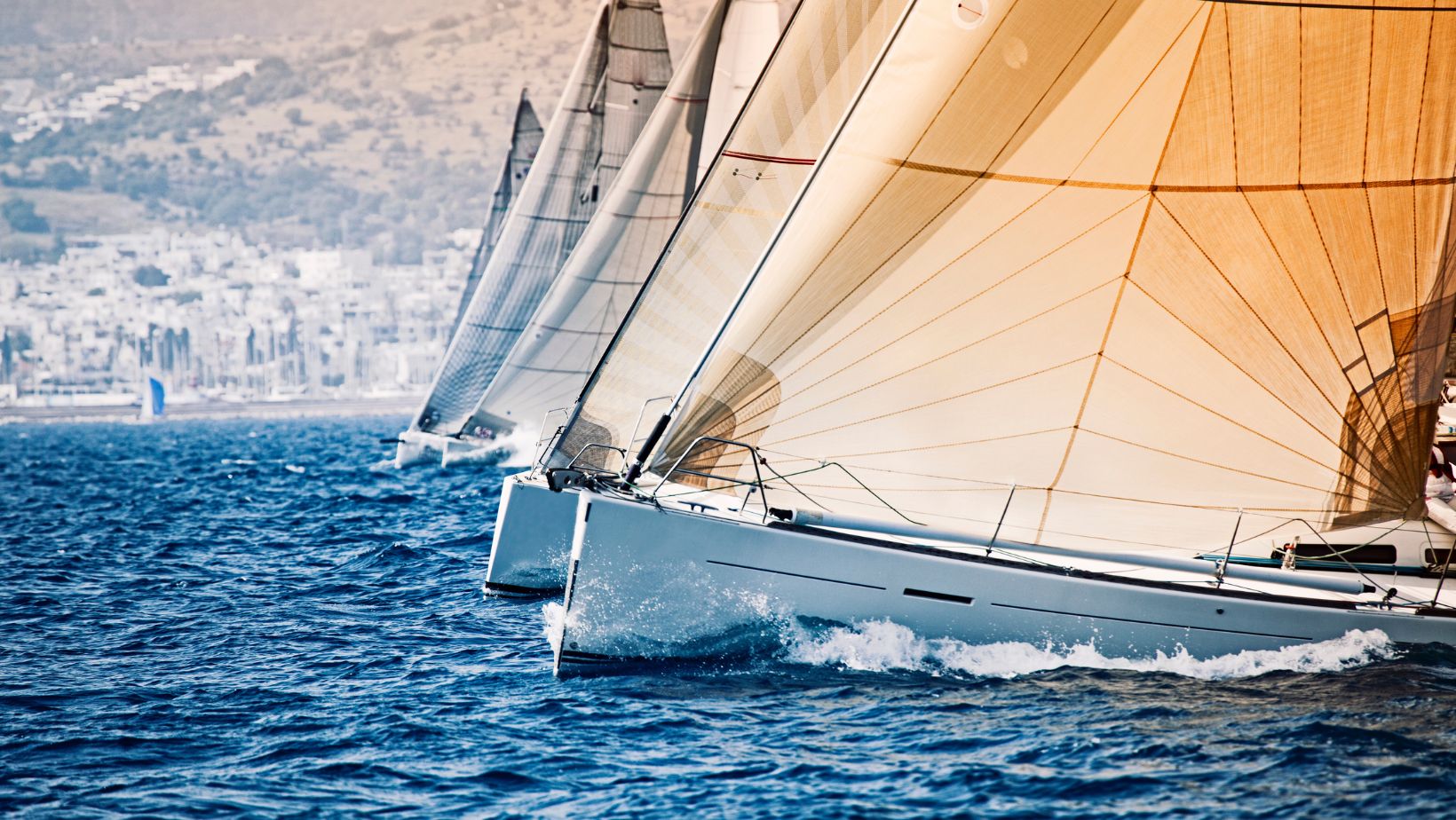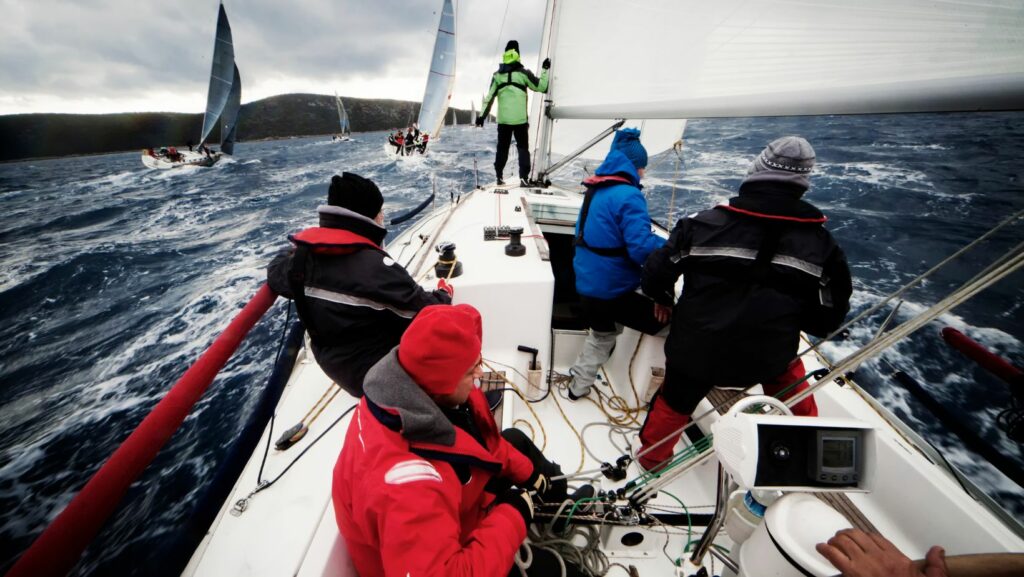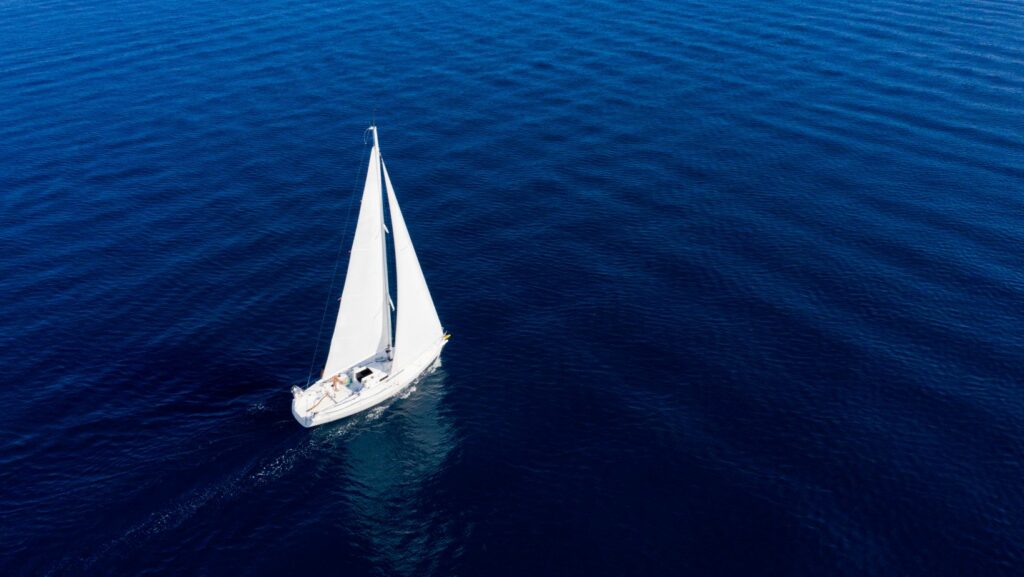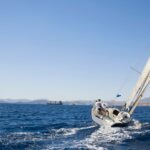
The benefits of sailing in the Olympics are many and varied. For one, it’s an excellent way to see the world. Sailing in the Olympics gives you a front row seat to some of the most beautiful places on earth.
Second, sailing in the Olympics is an excellent way to meet new people and make new friends. You’ll meet people from all over the world, with different backgrounds and cultures.
And third, sailing in the Olympics is an excellent way to stay
The History of Sailing in the Olympics
Sailing has been a part of the Olympics for nearly a hundred years. The sport was first included in the 1900 Summer Olympics in Paris, and has been included in every Summer Olympics since then with the exception of 1904 and 1908. Women’s sailing was not added to the Olympic program until 1988.
The format for Olympic sailing has changed many times over the years. In the early days of Olympic sailing, races were held between teams representing different nations. The first individual medals were awarded in 1908, and since then individual and team racing has alternated between appearing and not appearing on the Olympic program.
The number of events and sailors per event has also varied widely over time. For example, in 1992 there were eleven events with a maximum of fifty sailors per event; by 2016 that had increased to ten events with a maximum of forty sailors per event.

One constant throughout all these changes has been the popularity of sailing as an Olympic sport. It is widely considered to be one of the most challenging sports in the world, due to its combination of physical strength, mental stamina, and tactical skill. Sailing is also unique in that it is one of the few sports where men and women compete together on an equal footing.
The Rules of Sailing in the Olympics
The sport of sailing was formally included in the Summer Olympics in 1896, and has been a part of each Summer Olympics since then with the exception of 1904 and 1988. The rules governing Olympic sailing have changed over time, but currently three events are contested: the Laser (one-person dinghy), the470 (two-person dinghy), and the Finn (Heavyweight one-person dinghy).
The format for Olympic sailing events consists of a series of races, with the boats start together and race around a set course. The boats are assigned to start in different “lanes” based on their results in previous races, with the faster boats starting later and hopefully having to fight through traffic. The first boat to cross the finish line wins the race.
The sailor with the best overall score across all races is declared the winner of the event. In case of a tie, there is a “sail-off” between the tied sailors to determine the winner.
The Benefits of Sailing in the Olympics
The Olympics offer a great opportunity for sailors to display their skills on the international stage. Sailing in the Olympics can help sailors gain exposure and recognition, and it can also lead to increased sponsorship opportunities. Additionally, sailing in the Olympics can help motivate young sailors to become involved in the sport.
The Different Classes of Sailboats in the Olympics
The Different Classes of Sailboats in the Olympics
The sport of sailing is divided into different classes, with each having their own design, size, and weight specifications. The boats used in the Olympics are selected so that they provide close and fair competition. The following is a list of sailboat classes that have been or are currently being used in the Olympic Games:
-Lightweight dinghy: This boat was first used in the 1952 Summer Olympics. It is a one or two person boat that is narrowly built and can reach high speeds. Examples of current lightweight dinghies include the Laser and the RS:X.
-Heavyweight dinghy: These boats were first used in the 1968 Summer Olympics. They are designed for two to four people, are wider than lightweight dinghies, and have more sail area which makes them slower but more stable. Examples of heavyweight dinghies include the 470 and Finn.
-Keelboat: These boats were first used in 1932 (although not continuously). They can be sailed by up to ten people and include both monohulls (one hull) and multihulls (two hulls). Examples of keelboats include the Star, Soling, and Tornado.
The Equipment Used in Olympic Sailing
The classes of boats used in the Olympics are the Finn, Laser, Star, 49er, Elliott 6m, RS:X and the Women’s Windsurfer.
The Finn is a heavy-weight dinghy designed for sailing in open waters. It has been used in the Olympics since 1952 and was designed by Swedish designer Rickard Sarby.
The Laser is a small, one-design class of sailboat. It is also known as a “plug-and-play” boat because it comes in only one size and is ready to sail upon purchase. It first sailed in the 1996 Summer Olympics.

The Star is a two-person keelboat used for racing purposes. It was first sailed at the 1932 Summer Olympics and has been featured in every Olympiad since then except for 1968.
The 49er is a high-performance skiff used for racing purposes. It first appeared at the 2000 Summer Olympics and has been featured in every Olympiad since then.
The Elliott 6m is a one-design class of yacht that was used at the 1988 Summer Olympics. It is named after it’s designer, New Zealand yacht designer Evan Elliott.
The RS:X is a windsurfing board used for racing purposes. It made its debut at the 2008 Summer Olympics and has been featured in every Olympiad since then.
Lastly, the Women’s Windsurfer was the equipment used exclusively for women’s windsurfing up until the 2016 Summer Olympics when it was replaced by the RS:X board which can be used by both men and women.
Is Sailing in The Olympics
Competing in the Olympic Games is the dream of many young sailors. The thrill of representing your country on the world’s biggest stage is unmatched. But what does it take to make it to the Olympics?
Preparation for Olympic sailing starts early. Most sailors who go on to compete in the Games started sailing when they were very young, often before they were 10 years old. They then move through the ranks of youth sailing, starting with Optimist boats and progressing through Laser Radials, Lasers, 420s, 470s, Finns, and keelboats.
The journey to the Olympics is not an easy one and requires years of dedication and hard work. But for those sailors who make it to the Games, it is an unforgettable experience that will stay with them for a lifetime.




